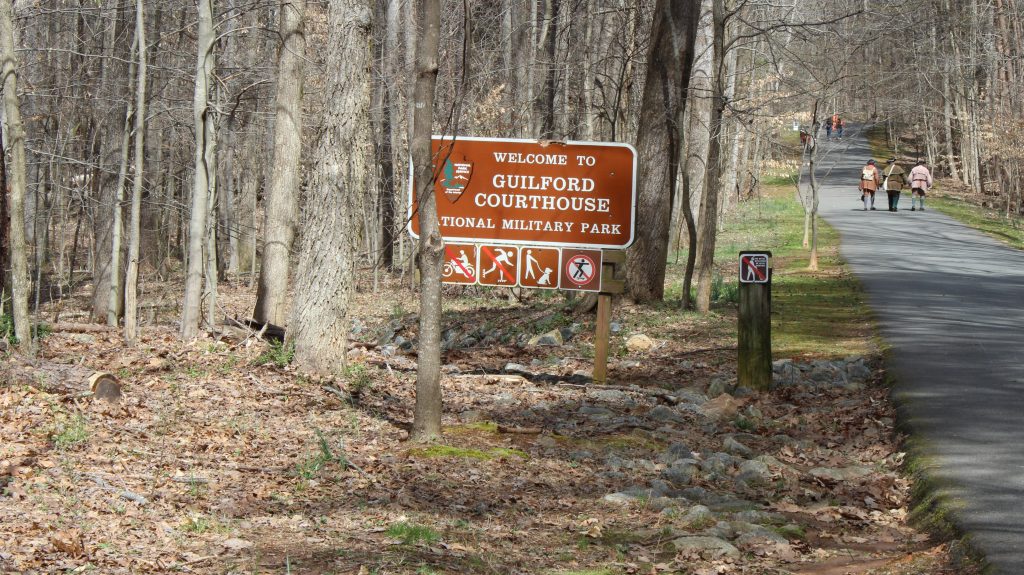Contemporary Conceptions of the American Revolution

I recall fifth grade where I was first taught about the American Revolution, the heroic generals, the Founders, and the battles. I idolized and romanticized the past like many children. My views regarding history have certainly molded and remolded as I have grown, especially my views regarding the 18th century; however, few people study life in the 18th century aside from historians and historical battle reenactors. The common perception of 18th America largely stems from surface level misconceptions and popularizations. The perception of the past to changes as time soldiers on, though it remains vitally important not to judge the actions of those in history to the social standards of the present. In the 19th and early 20th centuries, Americans remembered the past by preserving land and human historical lands that hold historical significance.
Dotted across the American countryside lie monuments, statues, signs, plaques and historic sites set aside by federal or state governments or even private historic preservations, much like the founding of the Guilford Battleground Company and the preservation of the Guilford Courthouse Battleground. Historical sites exist as a form of communion with the past for Americans today, and also as a way for Americans to confront nature. Many families simply treat historical parks and sites as an attraction and educational tool for children, which was one of the ways that I kindled a love for history, but nature too plays a large part in illustrating history within one’s mind.
An Alter to Violence
Schenck and Morehead both raised in the Antebellum South, experienced and likely participated in a culture of violence both likely before and during their involvement in the American Civil War. The glorification and commemoration of war became their collective objective. Schenck and Morehead envisioned a massive monument to General Nathaniel Greene, leader of the combined American armed forces during the latter half of the Southern Campaign of the American Revolution. The monument defied previous 19th-century monuments erected in commemoration of the American Revolution by its sheer size alone.

The Greene monument looms over the main quad, though Greene’s statue isn’t the only one within the main courtyard. Below the bronze visage of Greene on horseback stands a bronze statue of a female with laurels in one hand and a shield in the other, symbolizing liberty. Around the two striking statues sit granite steps and platforms embossed with bronze inscriptions of quotes from Greene, General George Washington, and those commemorating the statues; however, the main site for statues at the Guilford Battleground does not just consist of statutes regarding the Revolution. There are more statues portraying the founders, the members and the contributors to the Guilford Battleground Company than there are statues honoring the battle. Substantial statues of both David Schenck and Joseph M. Morehead stand at the perimeter of the central meadow easily marked by signs and informational plaques along the darkly paved path snaking around the green mound and into the wet woods and leaf soaked ground.